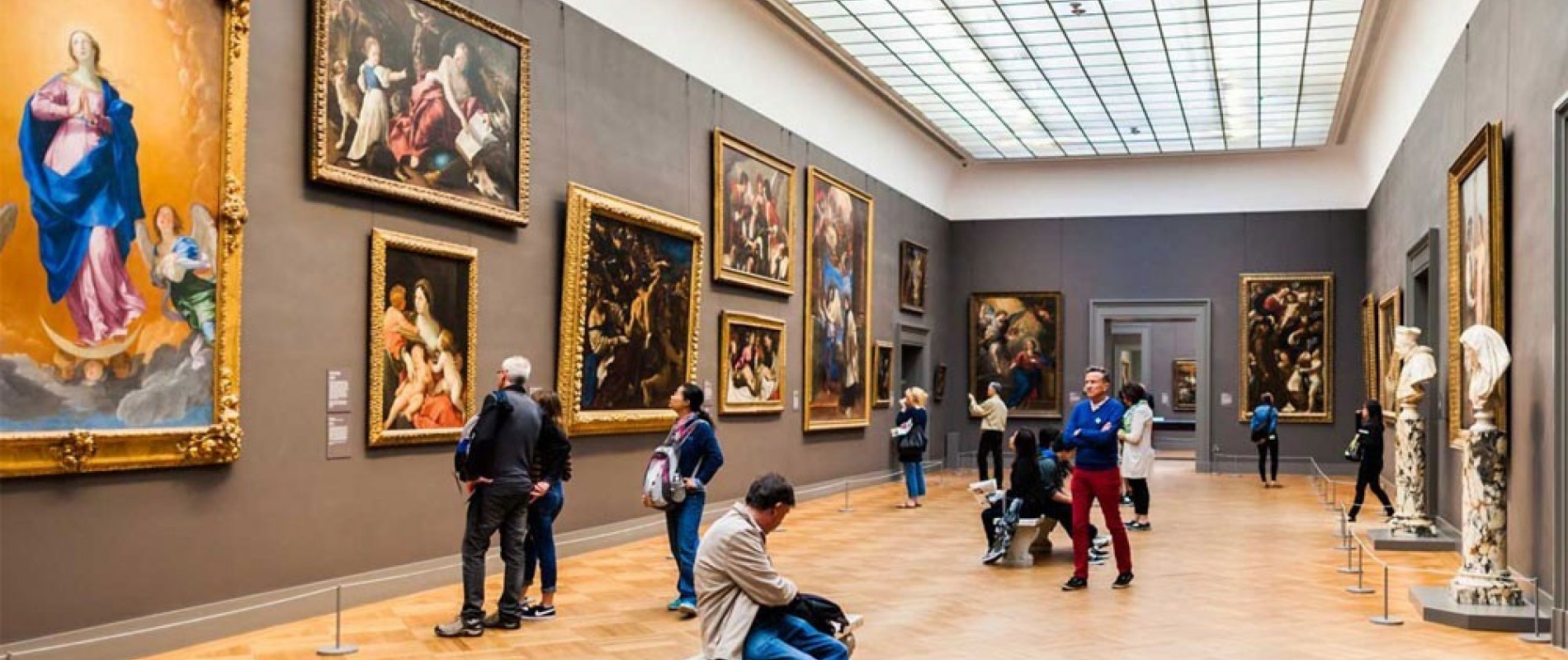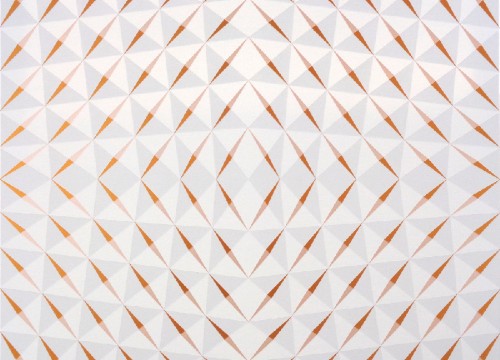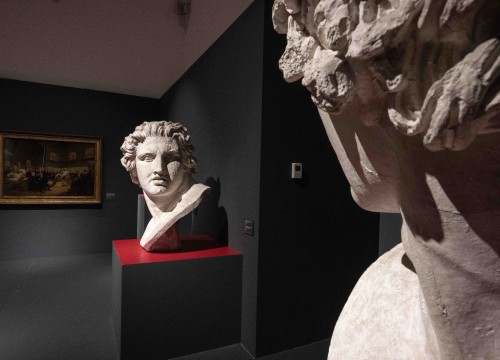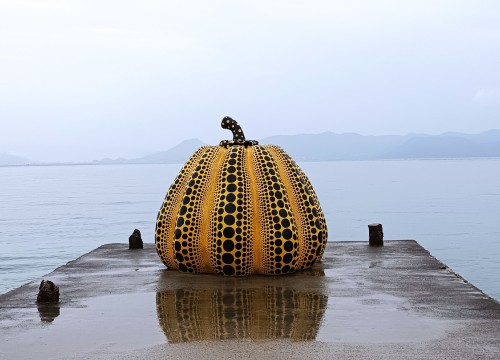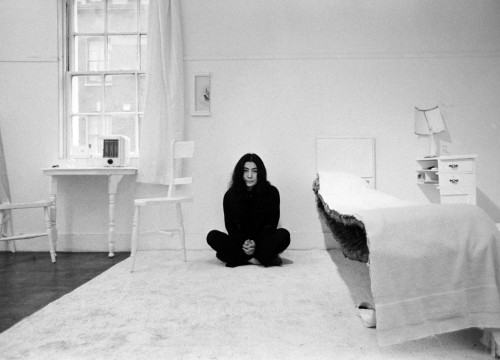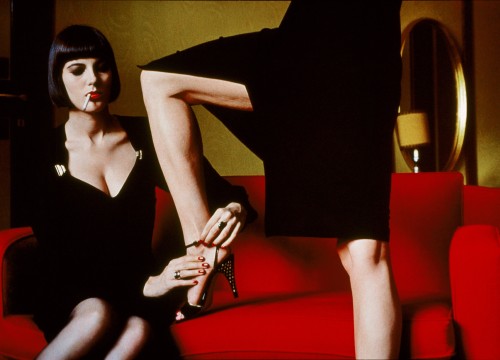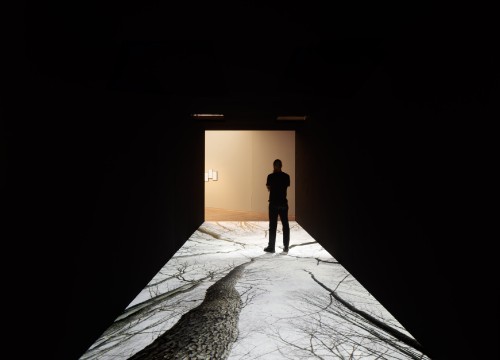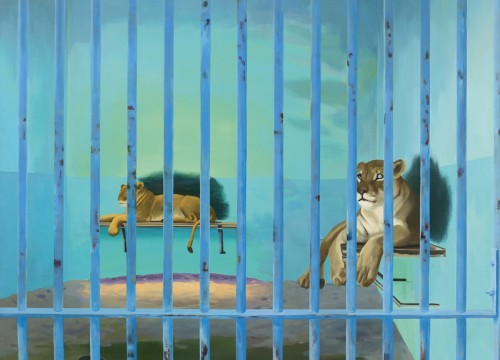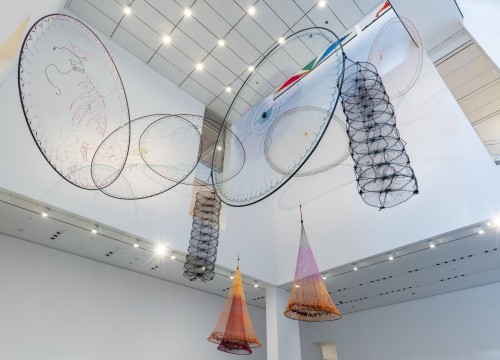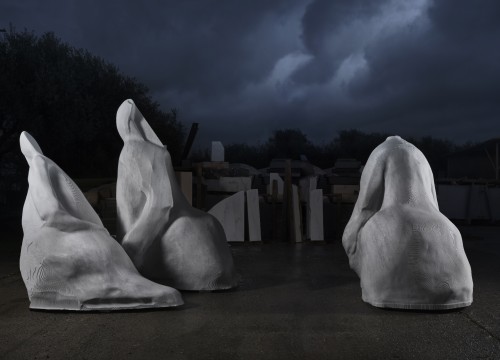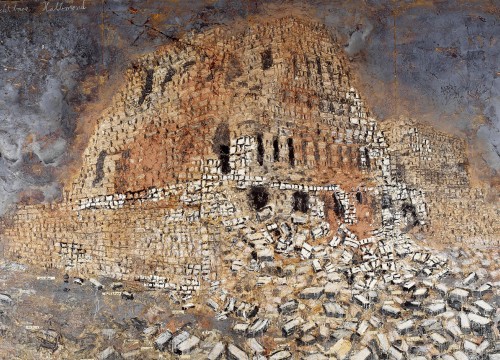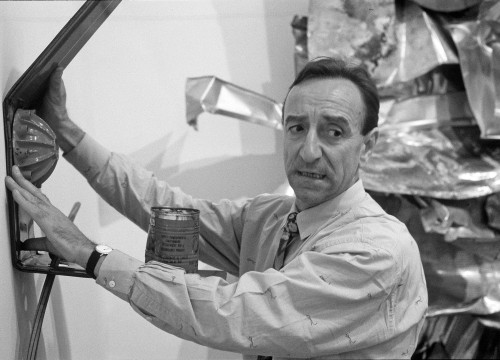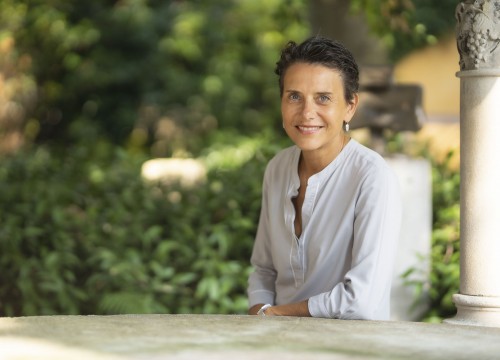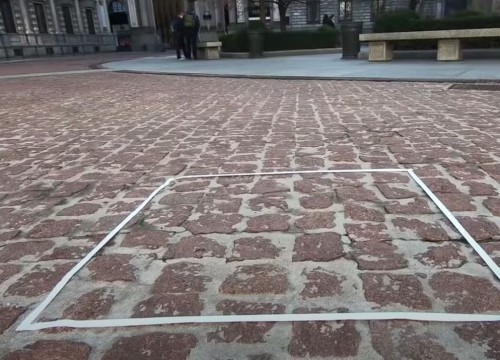Vade Retro, curator
Let’s get ready. With the forthcoming postpandemic “olly, olly, oxen free”, even the multitude of the colorful and chatty curators will be freed from its cage, and they certainly will be more long-winded and exhibitionist because of this year of forced closure. We well remember the crowds of these young men at the openings, most of them coming from wealthy families, together with those groups of elderly gentlemen suffering from an acute pathetic youthfulness syndrome. Everyone wearing the same uniform, as if they have been forced like the Chinese under Mao – and specifically: pants above the ankles, proudly tighten for displaying their virtues; t-shirts with a printed image of the most vulgar effigies of the most irreverent artist of the moment. They would stare at us, they would get closer and they would start blasting away the same grandiloquent words they used to write in their articles for convoluted and impenetrable magazines. To the point that, for our self-defense, we even filled out a personal list of expressions which would have prompted us to run for the hills: non-place, dystopia, decontextualization, aporia, synergic short-circuit, creative experimentalism, beautiful frame, urban regeneration, alternative spaces, underground.
A nightmare which is about to come back. Ten curators for each exhibition we will visit. We’re not talking about critics, historians or art journalists, now obsolete professions which have lost their charm. They are too much cultured and poor for engaging the effervescent and festive audience of the artistic jet set. Which, it is well-known, is made of whimsical and spoiled people, prone to quickly getting bored, willing to go to an opening only if they know it will be an event, or even better a mega event. The curator phenomenon, actually, is not a recent issue. This figure started to emerge in the 90’s. Back in those days it seemed like a purely American tendency, trendy and fleeting. Conversely, in the space of thirty years, it gradually took over. Now, most of the people ranging from thirty to fifty years old dealing with art who happen to sign a catalogue or an article, or to organize an exhibition - it doesn’t matter if it takes place in a garage or in prestigious museums - they all boldly define themselves as curators.
The Curator Does Not Aspire to Be a Critic, Much Less an Historian. He Often Is Vaguely Acquainted with the History of Art
The character in question does not aspire to be a critic, much less an historian. He often is vaguely acquainted with the history of art. Do not venture asking him about Raffaello or Fidia, he would answer with a pleasing smile, hijacking the conversation on football or the best sushi restaurants he’s ever been to, with a terrifying expertise. Still, he strives to know everything about the trendiest artists. He is equipped with a personal who’s who in contemporary art he daily revises, which serves as a self-esteem test. Social media help him: the more he gets likes from powerful people, the more he likes himself. He’s not a person who wastes time walking around ateliers in search of talented artists: he has no doubt in choosing between a famous or a valuable artist, he always goes for the first. He has got such good skills in maintaining public relations (quite obviously his best talent), that sometimes he even gets to be called for directing once great institutions, pushing the old, wise, cultured, influential critic over the hill.
After all, there’s no need of culture for doing what a curator does (organizing and trumpeting kermesses with the attached whole shebang of artists moving, tweeting and dressing as stars). He just needs to be updated. Just a few books in his head, he feeds on newsmagazines and coffeetable gossip, a subject he’s an expert on, giving disdainful judgements on all the others of his kind except for the ones who could turn out to be useful. He gives a Manichean interpretation of the artist, which he divides in two different categories: “in”, the more he is kitsch, fetish, horror-glam, anti-Catholic and provocative; “out”, if he knows how to do his job well, if he still uses brushes and canvases, if he makes an emotion come out from an image, or what’s even worse, if he expresses a line of thoughts. He’s not to blame, the height of his critical reflection does not extend beyond a catchphrase.

